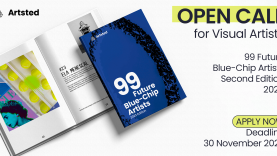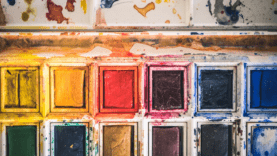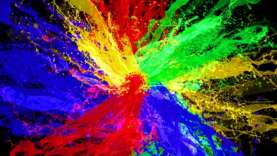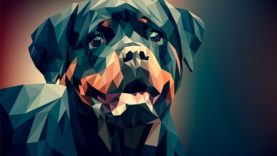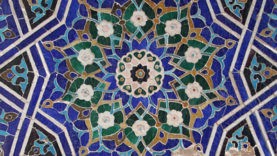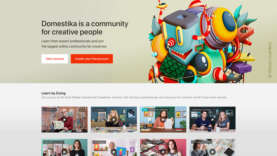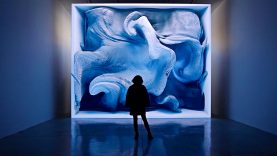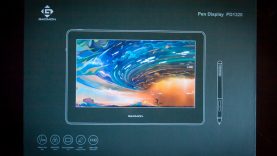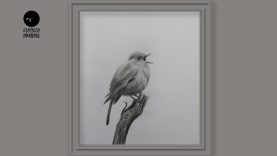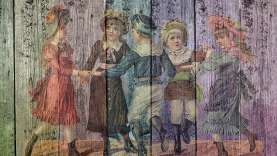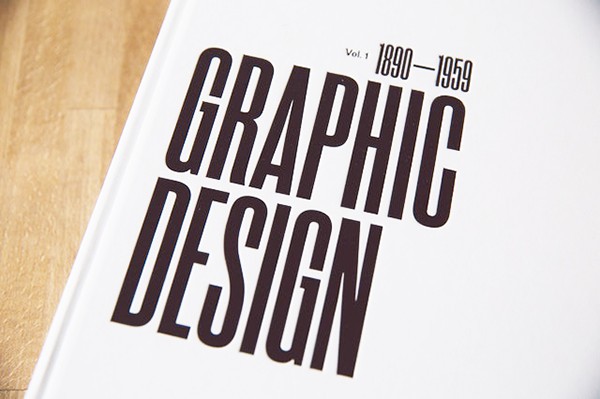
What is Graphic Design?
Graphic design is the communication of any idea or concept effectively through graphical representation. Design is a constant part of our lives, tempting us to purchase a commodity or assisting with an occasional job, such as using an app for your computer, from food packaging and labels to billboard posters. The 5 main design concepts:
- alignment,
- repetition,
- comparison,
- hierarchy and
- harmony,
are known to any artist. These concepts lead to the development of a consistent design, continuity, organisation, coherence, influence and a strong message. Designers may address visual and logical challenges as part of the development phase by adopting these basic concepts, from the analysis to the generation of ideas and the final result that solves the client brief.
It has to stick to these basic concepts of architecture and how each one fits together in order for a piece of design to be effective.
Alignment helps build a design that is more coherent and ordered. And the architecture is enhanced by repetition, by connecting the components together by connection, creating a visual pattern that is recognisable and constant.
Contrast by comparison, on the other hand, is a way of producing focus within a style effect that can be used in colour choices, size, or rendering particular text bold, providing a core focal point.
Hierarchy aims to build a structure in order to create an arrangement of the design, where each feature is arranged according to its degree of value. And the harmony has to provide structure by either symmetry or stress to maintain equilibrium. Blue Sky Graphics online graphic design learning is a great place to start a career in this field.
Graphic Design Styles
Graphic design is made up of several disciplines and specialisations, varying from print design to film and motion graphics and web design. For virtually every interest, graphic design creates resources and choices.
Web design is one of the most common and fast-growing specialties. Web designers are concerned with designing pages for websites that are simple to navigate while creatively appealing. They are often responsible for rendering pages available to all types of computers and adaptable to them. When more and more organisations migrate online, web designers are expected to build convincing consumer-use websites.

There are plenty other choices if web design is not exactly your thing. Visual effects, TV shows, computer games and movies are made by animators, for example. To build and design functional, visually pleasing applications, mobile designers work with programmers. Sounds, photographs, animations, illustrations and more are the product of digital artists. So, no matter where your preferences are, graphic design may have a specialty for you in print, online, video or beyond.
Work in Product Design
Technology has made major improvements to the way a company is conducted, with a far stronger focus on an online presence now being put. This revolution in thought has also contributed to great developments in graphic design. Demand has dropped drastically for “traditional” graphic designers who operate mainly for print publishers, but that does not say the whole tale. Blue Sky Graphics online graphic design learning is a great place to start a career in this field.
According to the Bureau of Labour Statistics, the jobs of graphic designers in computer device design services is expected to rise by 20%. (BLS). Most of this market is stimulated by the increased desire for visual graphics and visuals by businesses and organisations as they shift their attention to the internet.
Typography is an integral part of Design
Typography refers to the formatting and organisation of copies inside a layout and plays a pivotal function in graphic design. Form involves fonts, scale of points, line-spacing, spacing of characters, and kerning. You need to learn about the distinctions between a sans serif and a serif while you work your way through design, deepen your understanding of typefaces and learn which fonts match well with each other.
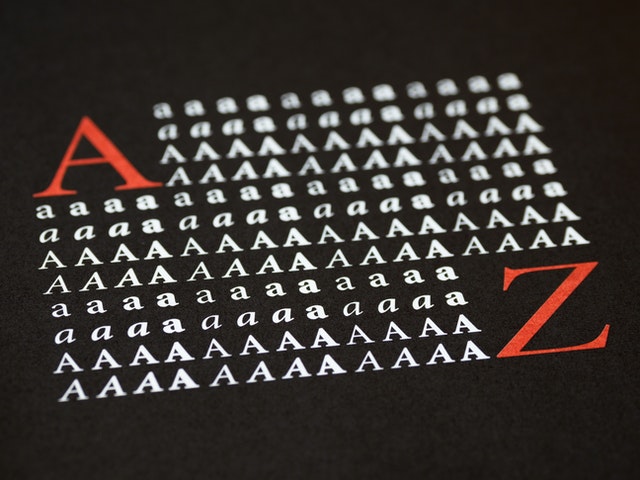
Typography offers a company character and is vital to all correspondence, from versions of magazines to commercials and logos. You would be able to explain typographic decisions of your own work through knowing typography and how it can elevate the style. In addition to being central to the exchange of thoughts, by the tone of voice, form gives the design a particular characteristic.
The style may be produced by hand or digitally, but the numerous specialisations inside typography are still worth noting. To learn more about each one, let us analyse lettering, typeface design and typesetting in detail:
Lettering:
custom-drawn letterforms that can be used for posters, murals, labels, album artwork, ads, goods, wedding invites and more, produced either by hand or digitally.
Typeface Design:
is the type-character development that can be the complete range of characters from A-Z (along with numerals, punctuation, accents). While the entire collection is contained in certain typefaces, others may only be restricted to upper case or lower case.
Typesetting:
is the method of laying out a document, whether it is a journal, brochure, or magazine, inside a style. Typically, the typesetter deals for broad text blocks and creates a structured framework for the headings, citations, captions, etc.
If you are curious about typography and maybe playing with letterforms, why not explore some Instagram pages to get more acquainted with some talented creatives. We have assembled for type lovers this collection of Instagram accounts and you can follow these accounts.
Research the colour fundamentals
Colour determines a design’s attitude and personality. Looking at the output of other artists and studios is the perfect way to think about paint variations. With colour palettes that evoke various moods, you can then begin to build your own inspiration boards. To further play with different paint variations, you may also explore Adobe’s Photoshop CC. It is easy to build palettes from images, prints, patterns or some other graphics you collect.
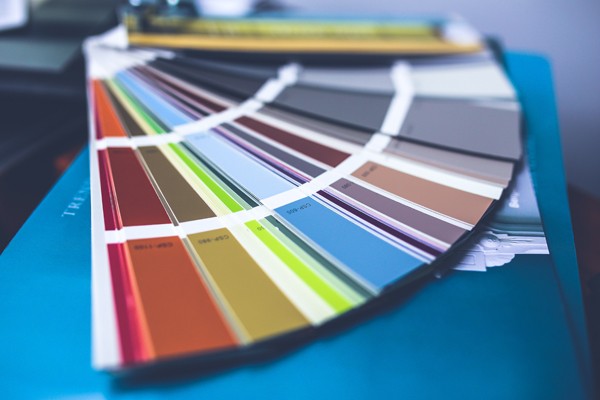
Colour is such an essential aspect of branding since it can be used as a medium to inform and attract the atmosphere of the design and the company. Designers think about each colour’s significance, colour variations, and how to utilise the palettes for emotional effects. It is important to have a solid foundation of colour and the science behind it when selecting colours for a design. The designer will make the right choice in the colour choices by knowing colour theory, to ensure that the brand sticks out and is important to the target audience.



